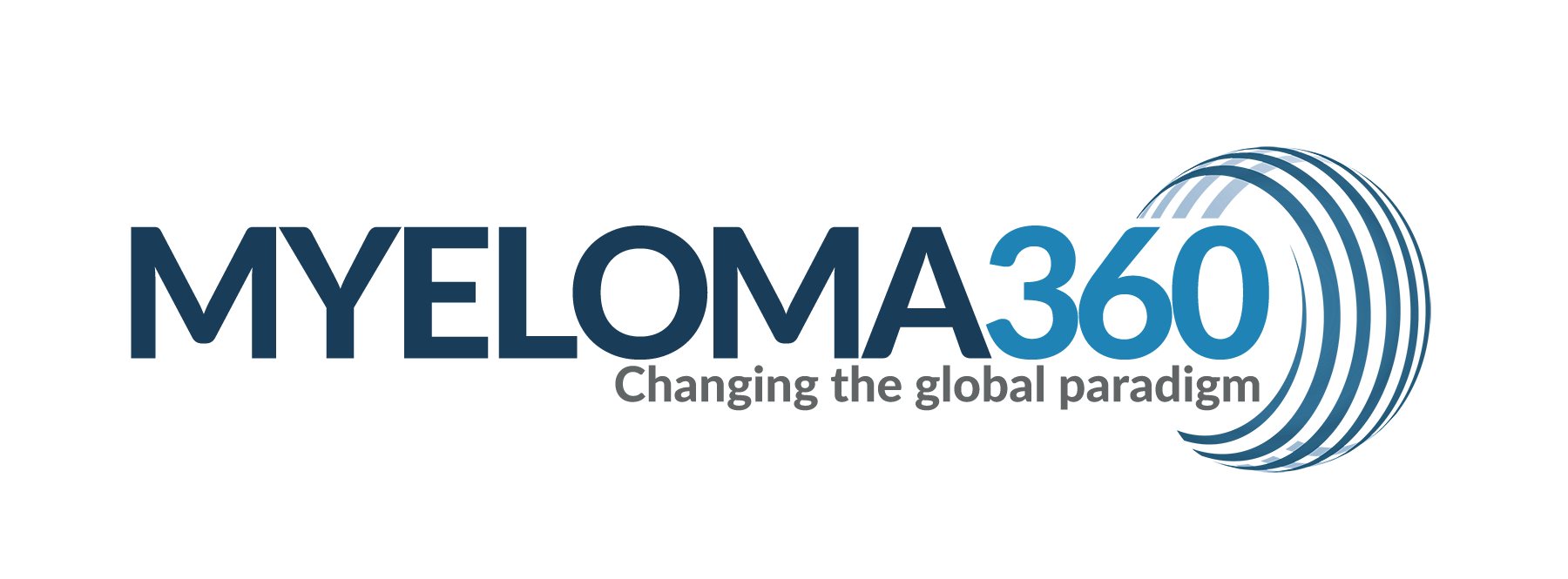Ann Hematol. 2024 Apr 17. doi: 10.1007/s00277-024-05733-9. Online ahead of print.
ABSTRACT
Venous thromboembolism (VTE) poses a significant challenge in the context of multiple myeloma, with an incidence of up to 10% in newly diagnosed patients and varying frequency in the relapsed/refractory setting. Accurate VTE risk assessment and personalized thromboprophylaxis strategies are important parts of supportive care in myeloma. There are three validated risk assessment models for prediction of VTE risk in newly diagnosed myeloma-SAVED, IMPEDE-VTE, and PRISM. In this review, we delve into the practical applications of VTE risk prediction models in the context of current therapies. By emphasizing the necessity of a tailored approach, we underscore the importance of considering patient-specific, disease-specific, and treatment-specific risk factors in each clinical scenario, and using that data to complement the output from risk assessment models. We also provide a summary of currently available data on VTE thromboprophylaxis in myeloma, and highlight specific situations where direct oral anticoagulants should be strongly considered. Our objective is to fill the critical gaps in VTE prophylaxis and management through the analysis of specific patient cases and provide a practical overview for clinicians.
PMID:38630132 | DOI:10.1007/s00277-024-05733-9
